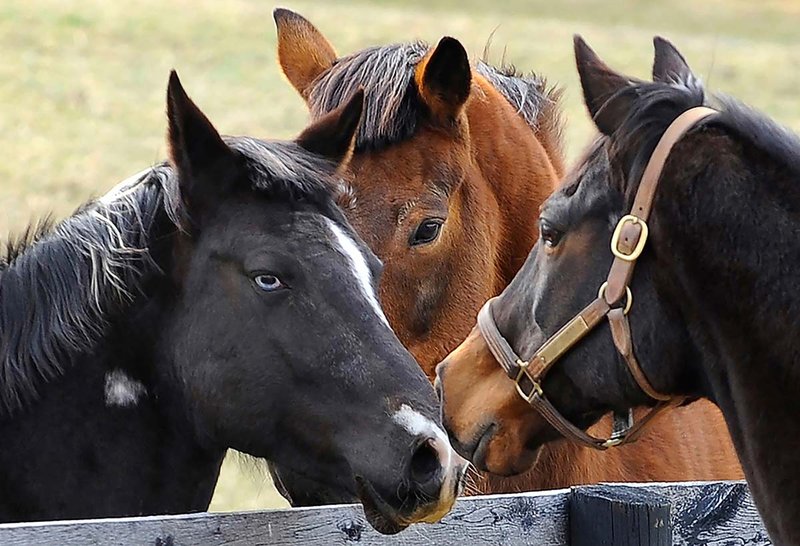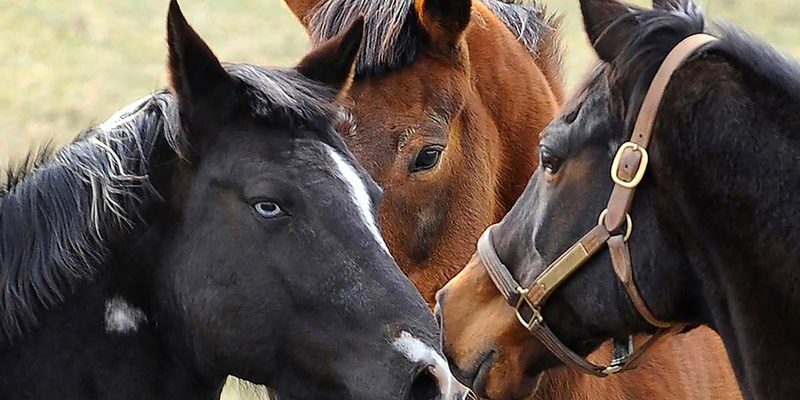
First off, it’s essential to understand that a horse’s social structure is quite complex. These magnificent animals rely on their herd for companionship, security, and even guidance. When introducing a new horse, you’re essentially disrupting an existing dynamic. Think of it this way: it’s like inviting a new friend to a close-knit group. You want to make sure that everyone feels comfortable and accepted. Preparation and patience are key to achieving a happy herd.
So, whether you’re bringing in a young filly or an experienced stallion, there’s a roadmap you can follow for a successful introduction. In this article, we’ll break down the essential steps you need to take, explore common challenges, and give you the tools you need for a stress-free introduction.
Assessing Your Stable Environment
Before you bring a new horse into the mix, take a moment to assess your stable environment. Consider the layout, the number of horses already present, and their behavior. This is your horse’s new home, so it’s vital to ensure it’s safe and welcoming.
Start by evaluating the space. Is there enough room for the new horse to have its own area if things get a bit tense? Horses can be territorial, so providing a separate space for an initial introduction can ease the transition. Ideally, this could be a separate paddock or a stall where the new horse can feel secure.
Next, observe the herd dynamic. Do any horses tend to dominate the group? Understanding the personalities involved will help you predict how the new horse might fit in. If you have a particularly aggressive horse, consider introducing the newcomer more cautiously. Nobody wants to witness a standoff on day one!
Ultimately, a little preparation goes a long way. If you set the stage for a positive introduction, everyone might have a better chance of getting along.
Initial Introduction: The Fenceline Meeting
Once you’ve prepared your environment, it’s time for the first introduction. Starting with a fenceline meeting is often the safest approach. This lets the horses see and smell each other without direct contact, reducing the chance of aggressive behavior.
You might find it helpful to create a calm atmosphere during this introduction. Bring the new horse to the fenceline where the current herd can see them, and allow them to interact. Observe their body language closely. Look for signs of curiosity, like a horse sniffing or softly nickering. If everything seems friendly, you can leave them together for 15 to 30 minutes.
Remember, it’s normal for some horses to be a bit more cautious. Horses may squeal or kick at each other as they establish boundaries. As long as there’s no severe aggression, allow them to sort out their social hierarchy organically. If tensions rise too high, separate them and try again later, perhaps with some treats involved to promote a positive experience.
Progressing to Controlled Face-to-Face Meetings
Once all parties seem comfortable with the fenceline meeting, it’s time to take it up a notch and attempt face-to-face introductions. But hold on! Safety first—always keep both horses on a lead rope to ensure you have control over the situation.
As you bring them together, do so in an open area away from the stable. This helps avoid any territorial behavior related to their home. Take it slow. Start by leading each horse side by side, allowing them to sniff each other. Keep a watchful eye on their body language—such as ears pinned back, a swishing tail, or stomping feet—which can indicate discomfort or aggression.
If they seem relaxed, let them interact more freely for short periods. If one horse is acting particularly dominant, be ready to step in with gentle pressure to separate them if needed. Give them time to get to know each other. Think of it as a slow dance rather than a sprint!
Providing Safe Spaces and Retreat Options
When introducing a new horse, it’s super important to provide safe spaces where they can retreat if they feel overwhelmed. Horses need to know they have a place to escape to, just like we do when we feel stressed.
You can create these safe zones by ensuring there are stalls or paddocks that can be closed off when needed. This is especially useful if the horses start getting a bit too rowdy. Make sure there are no obstacles that could lead to injuries, such as sharp objects in their environment.
During this transition, consider using multiple feeding areas or water sources. This will help minimize competition and give the new horse a chance to settle in without feeling threatened. Always monitor their eating habits to ensure everyone is getting their fill.
While you’re creating these safe spaces, remember that patience is key. Gradual introductions can turn a potentially chaotic situation into a peaceful transition for everyone involved.
Monitoring Behavior and Progress
After the initial introductions, keep a close eye on how the horses are adjusting. It can take time for everyone to get used to one another. Monitoring their behavior daily will help you identify any issues early on.
Look for signs of stress, such as decreased appetite, excessive pacing, or even isolation from the group. If you notice any of these behaviors, it might be a sign that the new horse is feeling overwhelmed or that the current herd members aren’t accepting them fully.
In contrast, if you see inquisitive interactions, playful behavior, and mutual grooming, that’s a great sign! These behaviors indicate that they are beginning to establish friendships among the herd. Keep encouraging positive interactions with treats or praise, reinforcing good manners and social bonding.
Don’t worry if things aren’t perfect right away. Every horse has its own timeline for adjusting, and your patience will pay off in the long run.
When to Seek Professional Help
Let’s be honest—sometimes, despite our best efforts, introductions can go awry. If you find yourself facing severe aggression, constant bullying, or signs of stress that persist, it may be time to seek professional help.
Professional trainers or veterinarians often have experience handling challenging introductions and can provide strategies that are tailored to your specific situation. They may suggest modified introductions or offer behavioral insights that you hadn’t considered.
Additionally, consider involving an equine behaviorist if the dynamics become complex. They specialize in analyzing horse behavior and can offer solutions to improve relationships in your herd. It’s always better to reach out for help than to let the situation escalate.
In the end, bringing a new horse into a stable or herd takes time, patience, and a good understanding of horse behavior. A successful integration can lead to a joyful, harmonious environment where every horse thrives.
Closing Thoughts: Embracing New Beginnings
Introducing a new horse to your stable or herd is a bit like adding a new chapter to a beloved book. It’s filled with anticipation, excitement, and sometimes a few unexpected twists. But with the right preparation and approach, it can also be rewarding.
Remember to give everyone the time and space they need to adjust. Take slow, careful steps, and always prioritize safety. The journey of forming new friendships among the herd can be a beautiful experience, and it’s worth every moment of effort you put in.
So grab a cup of coffee, enjoy the process, and watch as your horses forge new bonds. You might just find that the new addition brings fresh energy and joy to your stable, creating a thriving environment for all. Happy introducing!

